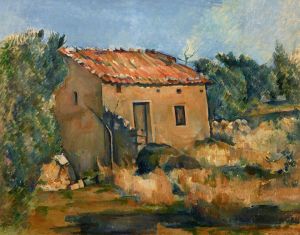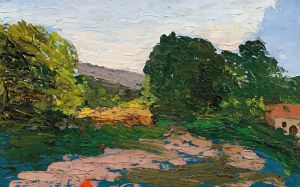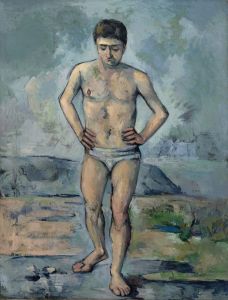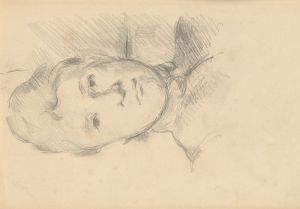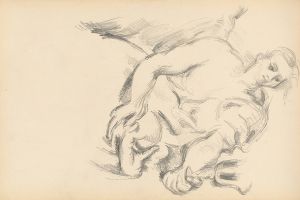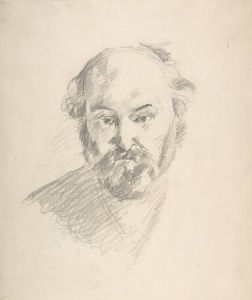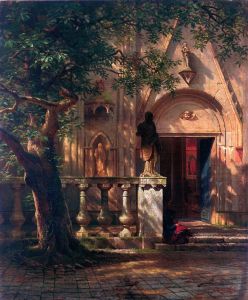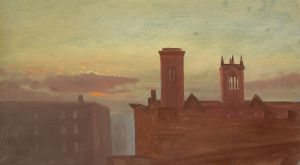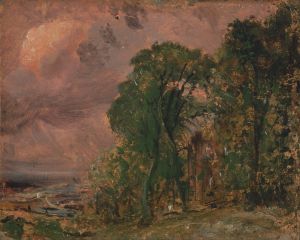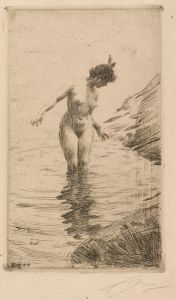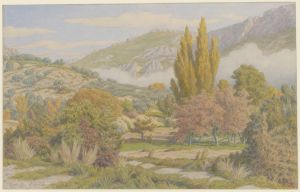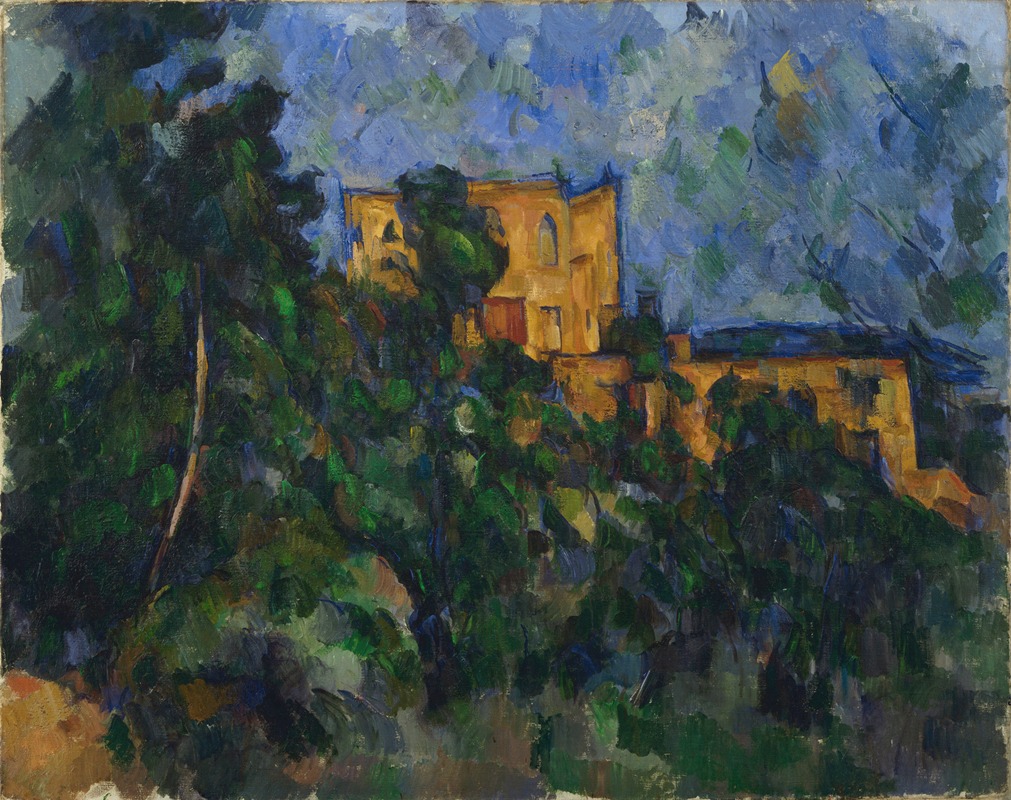
Château Noir
A hand-painted replica of Paul Cézanne’s masterpiece Château Noir, meticulously crafted by professional artists to capture the true essence of the original. Each piece is created with museum-quality canvas and rare mineral pigments, carefully painted by experienced artists with delicate brushstrokes and rich, layered colors to perfectly recreate the texture of the original artwork. Unlike machine-printed reproductions, this hand-painted version brings the painting to life, infused with the artist’s emotions and skill in every stroke. Whether for personal collection or home decoration, it instantly elevates the artistic atmosphere of any space.
Château Noir is a notable painting by the French Post-Impressionist artist Paul Cézanne, created during the later years of his career. Cézanne, often referred to as the "father of modern art," played a crucial role in the transition from 19th-century Impressionism to the new and radically different world of 20th-century art. His innovative approach to form, color, and composition laid the groundwork for the development of modern art movements such as Cubism and Fauvism.
Château Noir, painted between 1900 and 1904, is one of Cézanne's many works that depict the Provençal landscape, a region in the south of France that he frequently explored and painted. The painting captures the Château Noir, a large, somewhat mysterious building located near Aix-en-Provence, where Cézanne spent much of his life. The château itself, with its dark, looming presence, is set against a backdrop of lush greenery and the rugged terrain of the surrounding countryside.
Cézanne's treatment of the Château Noir is characterized by his distinctive brushwork and use of color. He employs a palette of earthy tones, with deep greens, browns, and blues, to convey the solidity and permanence of the structure and its natural surroundings. The brushstrokes are deliberate and varied, creating a sense of texture and depth that invites the viewer to explore the painting's surface. This technique reflects Cézanne's interest in capturing the underlying structure of the natural world, a hallmark of his mature style.
The composition of Château Noir is carefully constructed, with the building positioned slightly off-center, drawing the viewer's eye into the scene. Cézanne's use of perspective is subtle yet effective, with the lines of the building and the surrounding landscape leading the viewer's gaze through the painting. This approach demonstrates Cézanne's departure from traditional linear perspective, instead opting for a more dynamic and complex spatial arrangement that would later influence artists such as Pablo Picasso and Georges Braque.
Château Noir is also notable for its exploration of light and shadow. Cézanne captures the play of light across the building and the landscape, using contrasts of light and dark to enhance the painting's sense of volume and form. This attention to the effects of light is a key element of Cézanne's work, reflecting his desire to depict the changing nature of the world around him.
Today, Château Noir is considered an important example of Cézanne's mature work and is held in high regard by art historians and enthusiasts alike. The painting is part of the collection at the Courtauld Gallery in London, where it continues to be studied and admired for its innovative approach to form and composition. Cézanne's influence on subsequent generations of artists is profound, and Château Noir remains a testament to his enduring legacy in the world of art.





